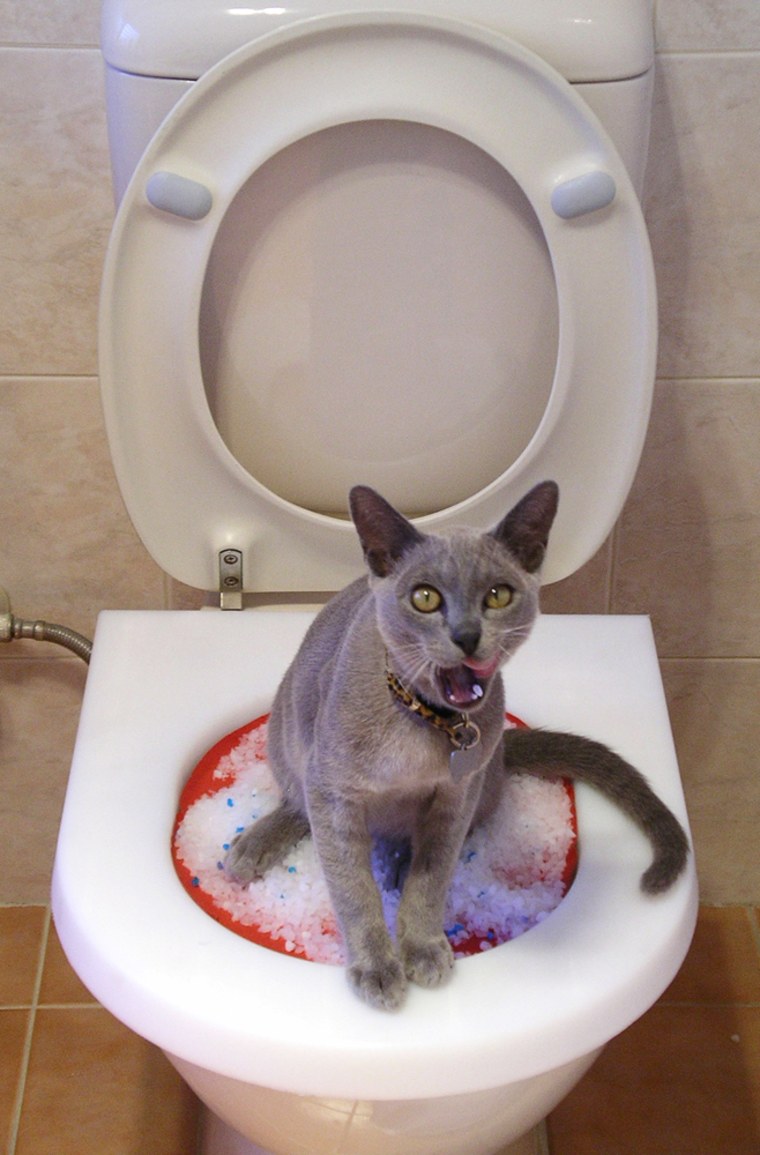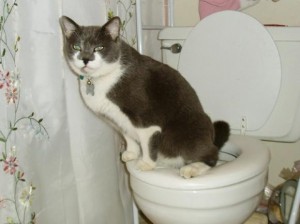Everyone is bound to have their own thinking with regards to Don’t flush cat feces down the toilet.

Introduction
As pet cat proprietors, it's essential to be mindful of how we get rid of our feline good friends' waste. While it may seem convenient to purge feline poop down the bathroom, this practice can have detrimental effects for both the setting and human wellness.
Alternatives to Flushing
Thankfully, there are safer and much more responsible means to get rid of cat poop. Take into consideration the complying with choices:
1. Scoop and Dispose in Trash
The most usual technique of dealing with feline poop is to scoop it right into a naturally degradable bag and toss it in the garbage. Be sure to utilize a committed clutter inside story and get rid of the waste immediately.
2. Use Biodegradable Litter
Choose naturally degradable feline trash made from products such as corn or wheat. These trashes are eco-friendly and can be securely gotten rid of in the garbage.
3. Hide in the Yard
If you have a lawn, take into consideration burying cat waste in an assigned location away from veggie yards and water resources. Be sure to dig deep sufficient to avoid contamination of groundwater.
4. Mount a Pet Waste Disposal System
Buy a pet garbage disposal system specifically made for pet cat waste. These systems make use of enzymes to break down the waste, reducing smell and ecological influence.
Health and wellness Risks
In addition to environmental concerns, purging pet cat waste can also pose health risks to humans. Pet cat feces may consist of Toxoplasma gondii, a bloodsucker that can trigger toxoplasmosis-- a possibly extreme illness, especially for expecting women and individuals with damaged body immune systems.
Environmental Impact
Purging pet cat poop introduces unsafe pathogens and parasites into the water system, presenting a significant risk to marine ecosystems. These pollutants can adversely affect aquatic life and concession water high quality.
Final thought
Accountable animal ownership prolongs beyond supplying food and sanctuary-- it additionally includes proper waste management. By refraining from purging feline poop down the commode and selecting different disposal approaches, we can decrease our environmental footprint and shield human health and wellness.
Why Can’t I Flush Cat Poop?
It Spreads a Parasite
Cats are frequently infected with a parasite called toxoplasma gondii. The parasite causes an infection called toxoplasmosis. It is usually harmless to cats. The parasite only uses cat poop as a host for its eggs. Otherwise, the cat’s immune system usually keeps the infection at low enough levels to maintain its own health. But it does not stop the develop of eggs. These eggs are tiny and surprisingly tough. They may survive for a year before they begin to grow. But that’s the problem.
Our wastewater system is not designed to deal with toxoplasmosis eggs. Instead, most eggs will flush from your toilet into sewers and wastewater management plants. After the sewage is treated for many other harmful things in it, it is typically released into local rivers, lakes, or oceans. Here, the toxoplasmosis eggs can find new hosts, including starfish, crabs, otters, and many other wildlife. For many, this is a significant risk to their health. Toxoplasmosis can also end up infecting water sources that are important for agriculture, which means our deer, pigs, and sheep can get infected too.
Is There Risk to Humans?
There can be a risk to human life from flushing cat poop down the toilet. If you do so, the parasites from your cat’s poop can end up in shellfish, game animals, or livestock. If this meat is then served raw or undercooked, the people who eat it can get sick.
In fact, according to the CDC, 40 million people in the United States are infected with toxoplasma gondii. They get it from exposure to infected seafood, or from some kind of cat poop contamination, like drinking from a stream that is contaminated or touching anything that has come into contact with cat poop. That includes just cleaning a cat litter box.
Most people who get infected with these parasites will not develop any symptoms. However, for pregnant women or for those with compromised immune systems, the parasite can cause severe health problems.
How to Handle Cat Poop
The best way to handle cat poop is actually to clean the box more often. The eggs that the parasite sheds will not become active until one to five days after the cat poops. That means that if you clean daily, you’re much less likely to come into direct contact with infectious eggs.
That said, always dispose of cat poop in the garbage and not down the toilet. Wash your hands before and after you clean the litter box, and bring the bag of poop right outside to your garbage bins.
https://trenchlesssolutionsusa.com/why-cant-i-flush-cat-poop/

We had been brought to that editorial about Don’t flush cat feces down the toilet from a good friend on another web property. Don't hesitate to take the time to share this blog posting if you enjoyed it. Many thanks for going through it.
Click For More Information